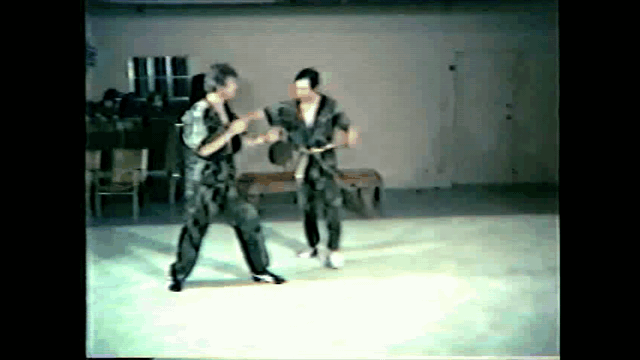Oily Dragon
Senior Master
it goes both ways. Chinese and Thai kickboxing arts are literally tied at the hip for over a thousand years. Talk about Kung Fu cousins.Good video. Looks like San Shou guys have been studying Muay Thai. With that said, letting go and releasing it a beginner technique. There are many variations including yanking first(to further disrupt the balance) before letting go and striking. Also several sweeps are taught after grabbing and retaining the leg.
I think MT is just a little more striking, and San Shou a little more throwing oriented, based on the scoring.
In some San Shou matches, you get bonus points for throwing your opponent into a moat. In MT, it's a decisive KO.


